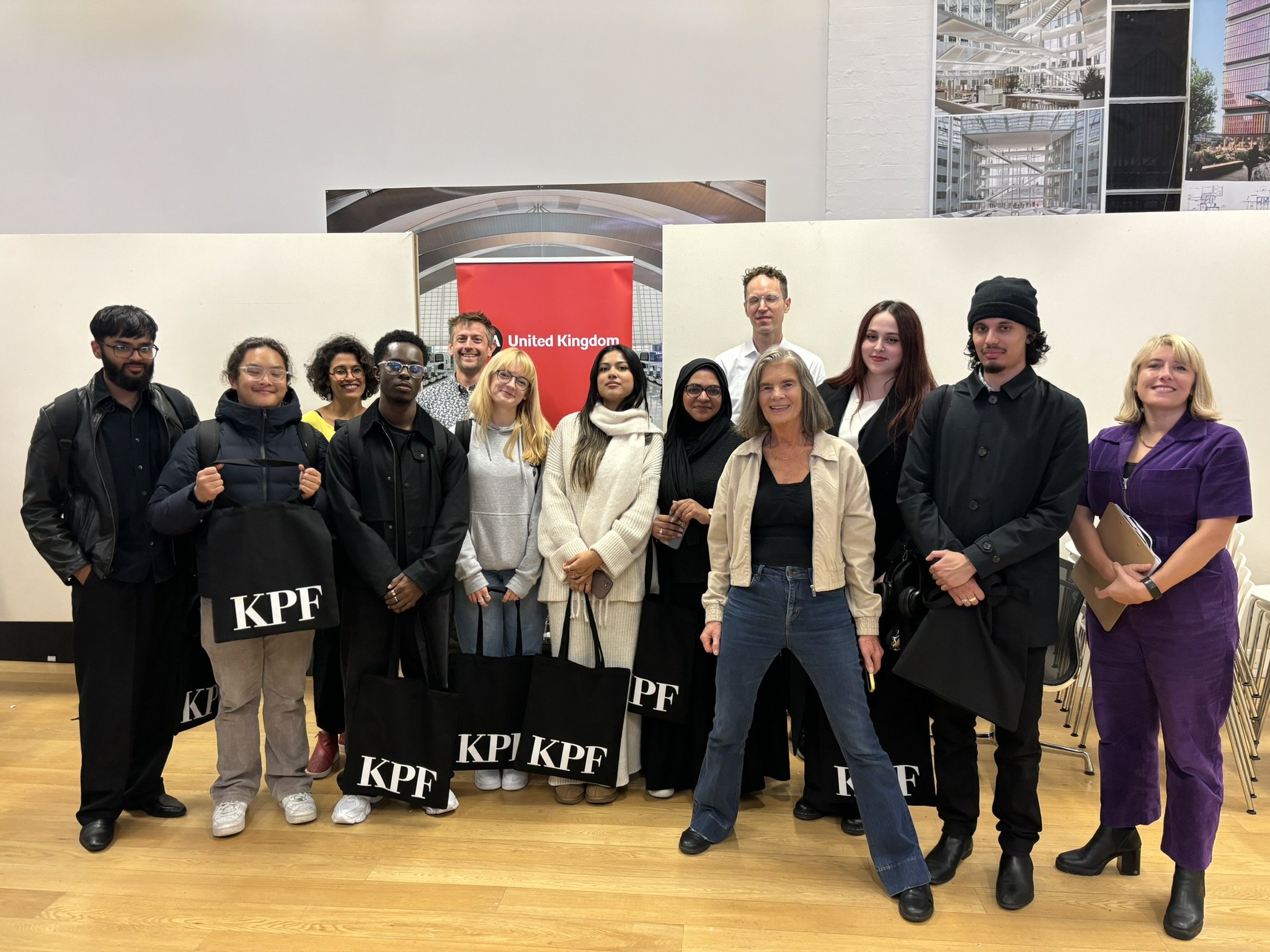AIA UK 29th Annual Student Charrette: Shaping the Future of London’s Public Spaces Through Creative Collaboration
Fiona Mckay
On 26 October 2024, the Kohn Pedersen Fox (KPF) gallery in London was transformed into a hub of creativity and collaboration for the 29th AIA UK Student Charrette. With over 70 Part 1 architecture students from 14 universities in attendance, the event embodied the power of participatory design to reshape public spaces for inclusivity, sustainability, and community vitality. Special thanks to KPF for sponsoring this year’s event and graciously opening their gallery space for the day, helping bring this ambitious vision to life.
The morning began with a warm breakfast reception, setting an inviting tone for the students, mentors, and jurors to connect and exchange ideas. Paolo Mendoza, AIA UK’s Emerging Professionals Director, then introduced this year’s brief, centered on “Empowering the Next Generation in Participatory Urban Design,” a call for future architects to contribute to London’s vibrant cultural landscape. Students were tasked with reimagining the Strand Aldwych area—a site steeped in history and cultural significance—as a dynamic public space. Their designs needed to respond to the area’s heritage while prioritizing sustainability, resilience, and inclusivity. The brief challenged students to embrace participatory urban design, encouraging them to create installations that engage the community in co-creating spaces that reflect their needs.
Equipped with cameras and notebooks, the teams embarked on a site visit, accompanied by their mentors, to observe and document the site’s physical and social dynamics. After returning to the KPF gallery, students launched into a 4.5-hour design sprint. During this phase, Martyn Corner from Hopkins Architects offered expert guidance on model-making techniques, helping teams refine their physical representations. Working within the constraints of an analogue, CAD-free charrette, the students produced hand-drawn plans, sketches, and physical models that expressed their vision and creativity.
As the design time concluded, the teams presented their proposals to a distinguished jury: Taylor Rogers from Hopkins Architects, Karla Montauti from Benoy, Samantha Cooke from KPF, and Mark Breeze from the Architectural Association. The jury commended the teams for their creative approaches and attention to the nuances of the site. Each team’s proposal demonstrated a clear understanding of the Strand Aldwych’s unique cultural and historical character, with compelling visual representations and thoughtful models. The jurors highlighted the inventive ways the students integrated public engagement into their designs, noting a range of inspiring ideas to make the space more accessible, inclusive, and interactive.
AIA UK Emerging Professionals Director, Paolo Mendoza with the 2024 Student Charrette jurors: Taylor Rogers (Hopkins Architects), Samantha Cooke (KPF), Karla Montauti (Benoy), and Mark Breeze (Architectural Association).
After a thorough and spirited deliberation, the jury awarded first place to Group 8, a team of students from the University of Westminster, University of Reading, and University of Dundee, mentored by Gregory Fonseca. Their proposal stood out for its seamless blend of community engagement, sustainability, and sensitivity to the site’s context. The 1st runner-up was awarded to Group 4, consisting of students from the University of Bath and London Metropolitan University and mentored by Francis Hur. The 2nd runner-up went to Group 2, which included students from the University of Greenwich and the University of Hertfordshire, guided by mentors Elizabeth Dailey and Bea Sennewald.
The winning team mentored by Gregory Fonseca, AIA: Students from the University of Westminster, University of Reading, and University of Dundee: Fiona Gyamfi, Maame Frimpong, Clevy Bento, Robert Timberlake, Sarah Tolba, Hristislava Arabadzhieva, Benjamin Hanyecz.
The 1st runner-up team mentored by Francis Hur, AIA: Students from the University of Bath and London Metropolitan University: Emma McCook, Aaron Horwood, Caroline Rodrigues, Henri Toniolo, Fabiane Lonardelli.
The 2nd runner-up team mentored by Elizabeth Dailey, AIA and Bea Sennewald, AIA, RIBA: Students from the University of Greenwich and University of Hertfordshire: Ermiona Rousi, Zaid Shanawaz, Idris Mooradun Aisha Hussain, Iraj Syeda, Luke Buckman, Cydney-Ellen Thorold, Sushant Gurung.
AIA UK extends heartfelt gratitude to the mentors who played an instrumental role in the charrette’s success. Their expertise and mentorship were essential in guiding students through each phase of the design process. The mentors included Pierre Baillargeon from Mixity Studio, Elizabeth Dailey from Pilbrow & Partners, Bryan Oknyansky from Studio Moren, Francis Hur from Francis Hur Architecture, Eric Beard-Sackett from Whitman, Requardt & Associates, Lucia Piccinini from Lucia Piccinini Architect, Alex Miller from KPF, Gregory Fonseca from Mobius Design, and Bea Sennewald from Article 25.
The creativity, vision, and dedication displayed by these students are incredibly inspiring. Their proposals not only respect the historical essence of the Strand Aldwych but also bring innovative ideas for a more inclusive, sustainable, and resilient future.
This charrette leaves a lasting impression on all involved, paving the way for a momentous 30th AIA UK Student Charrette in 2025, which promises to inspire and engage the next generation of architectural talent.
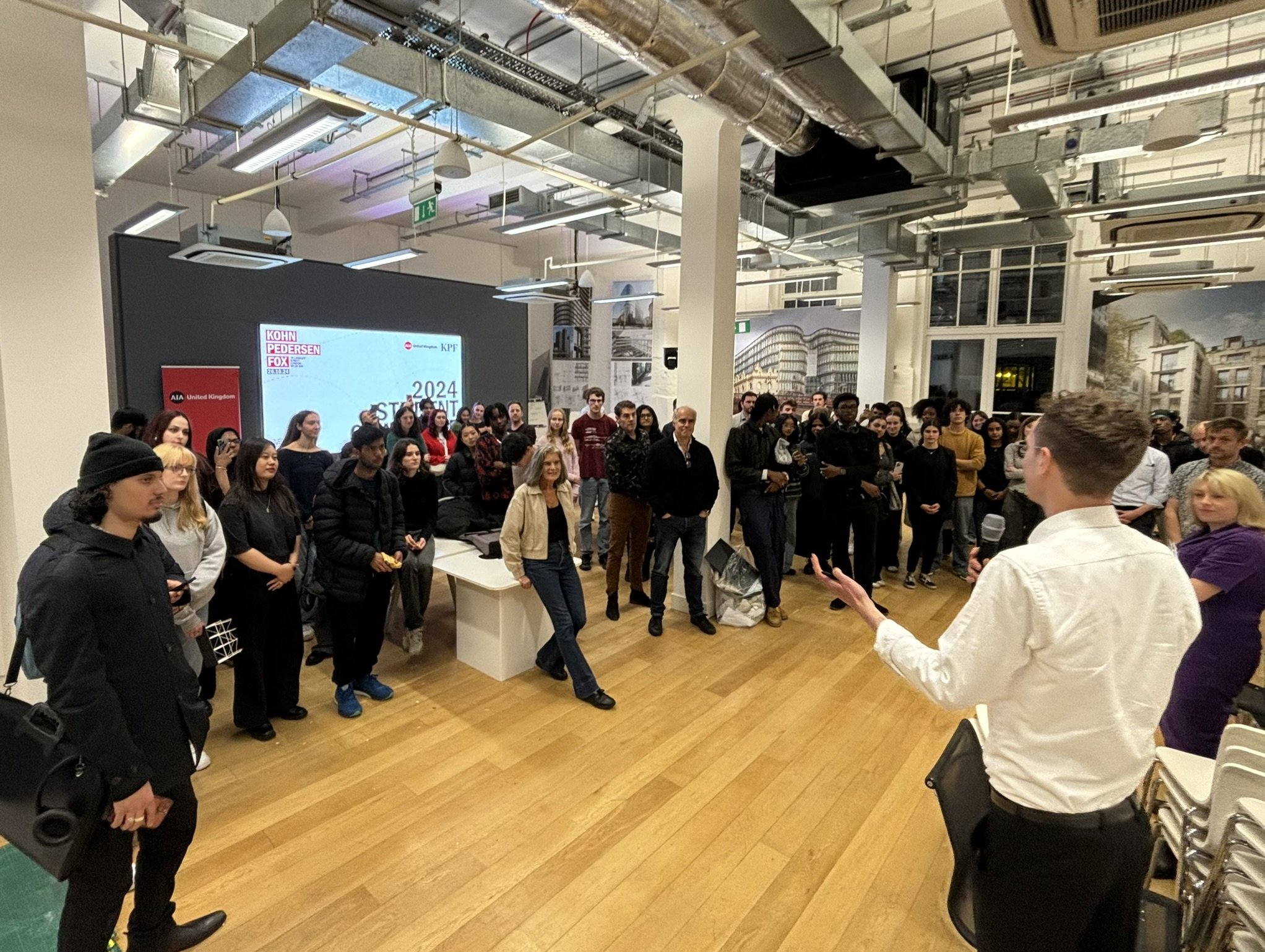













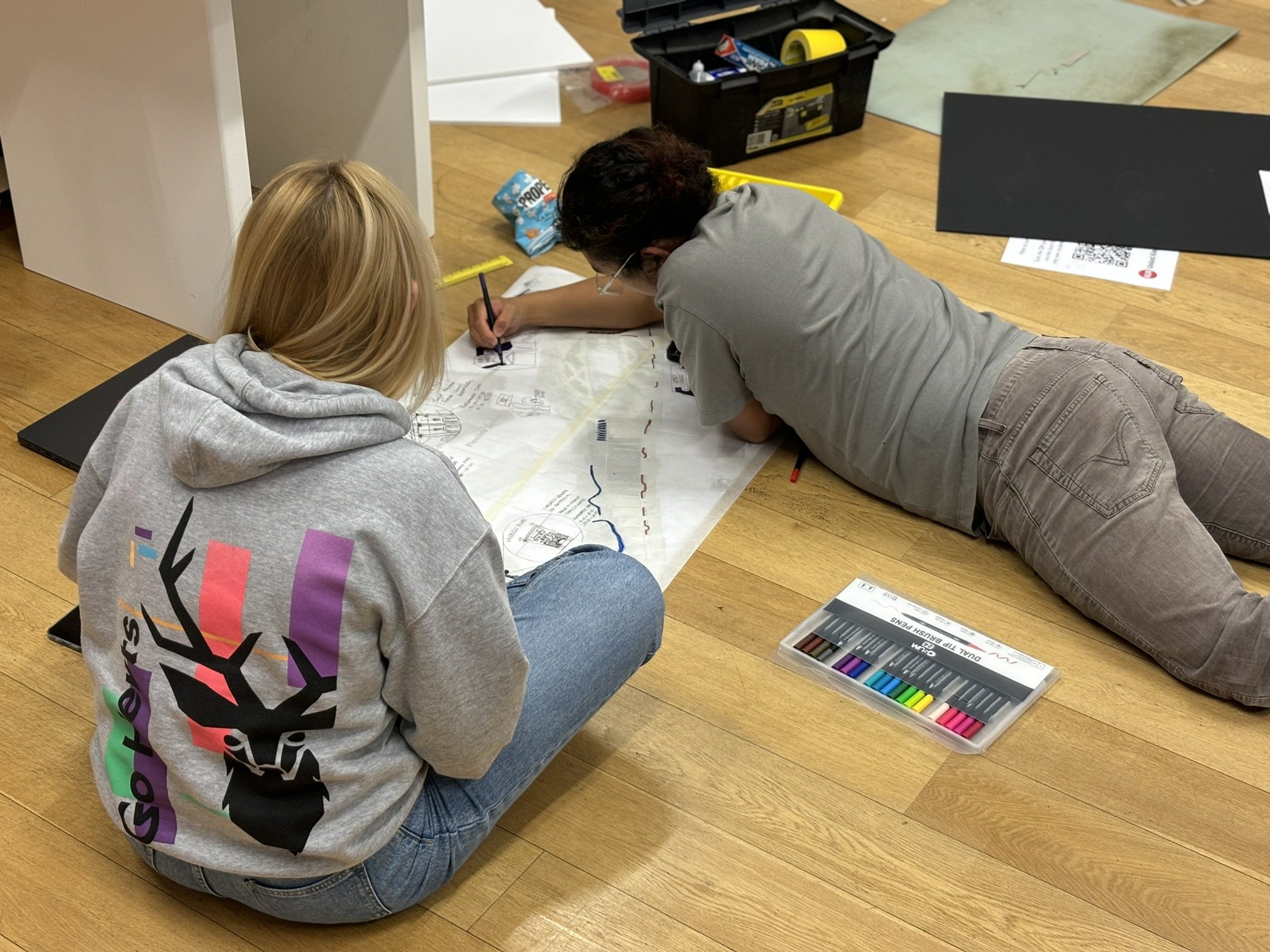







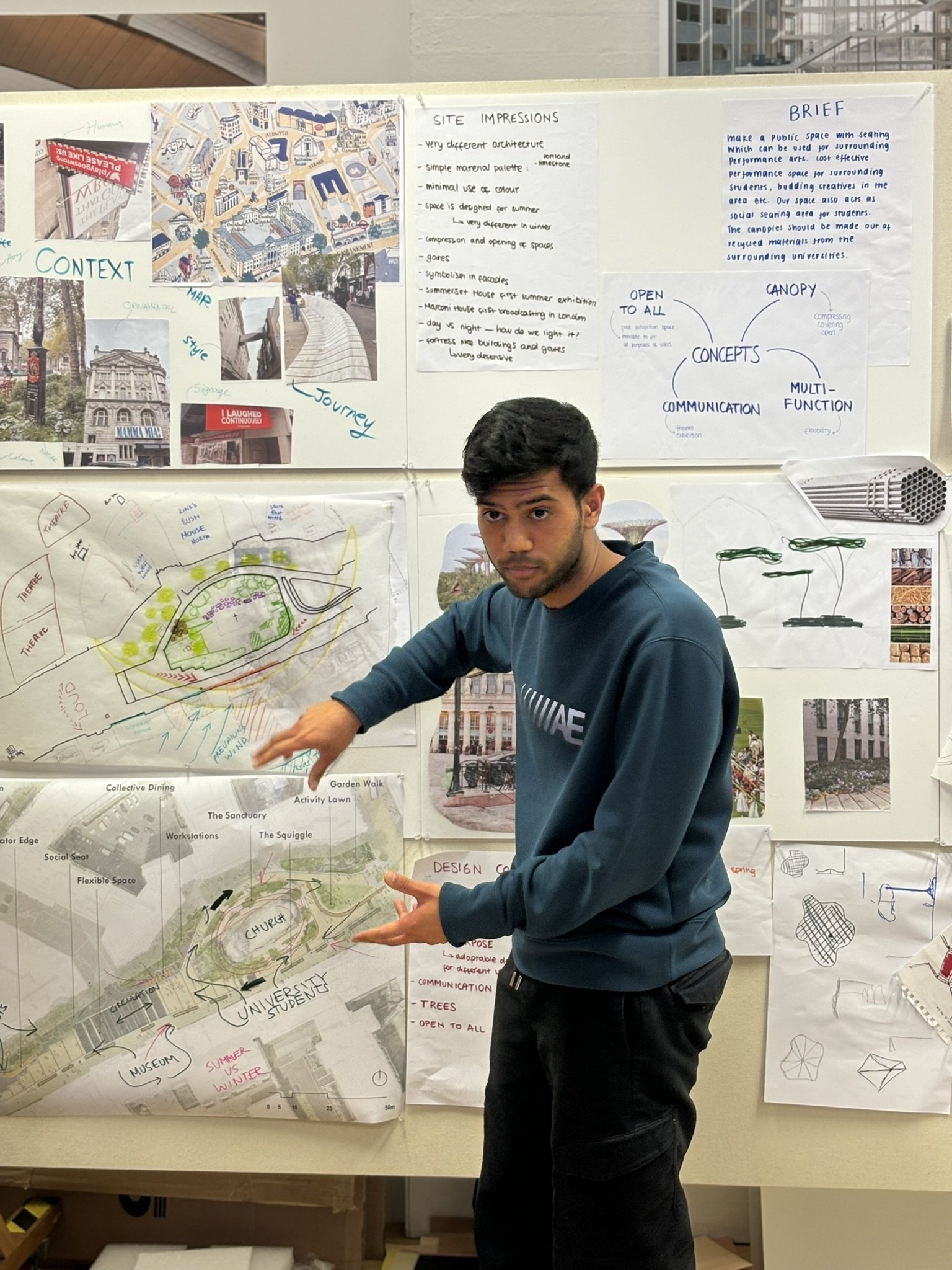




















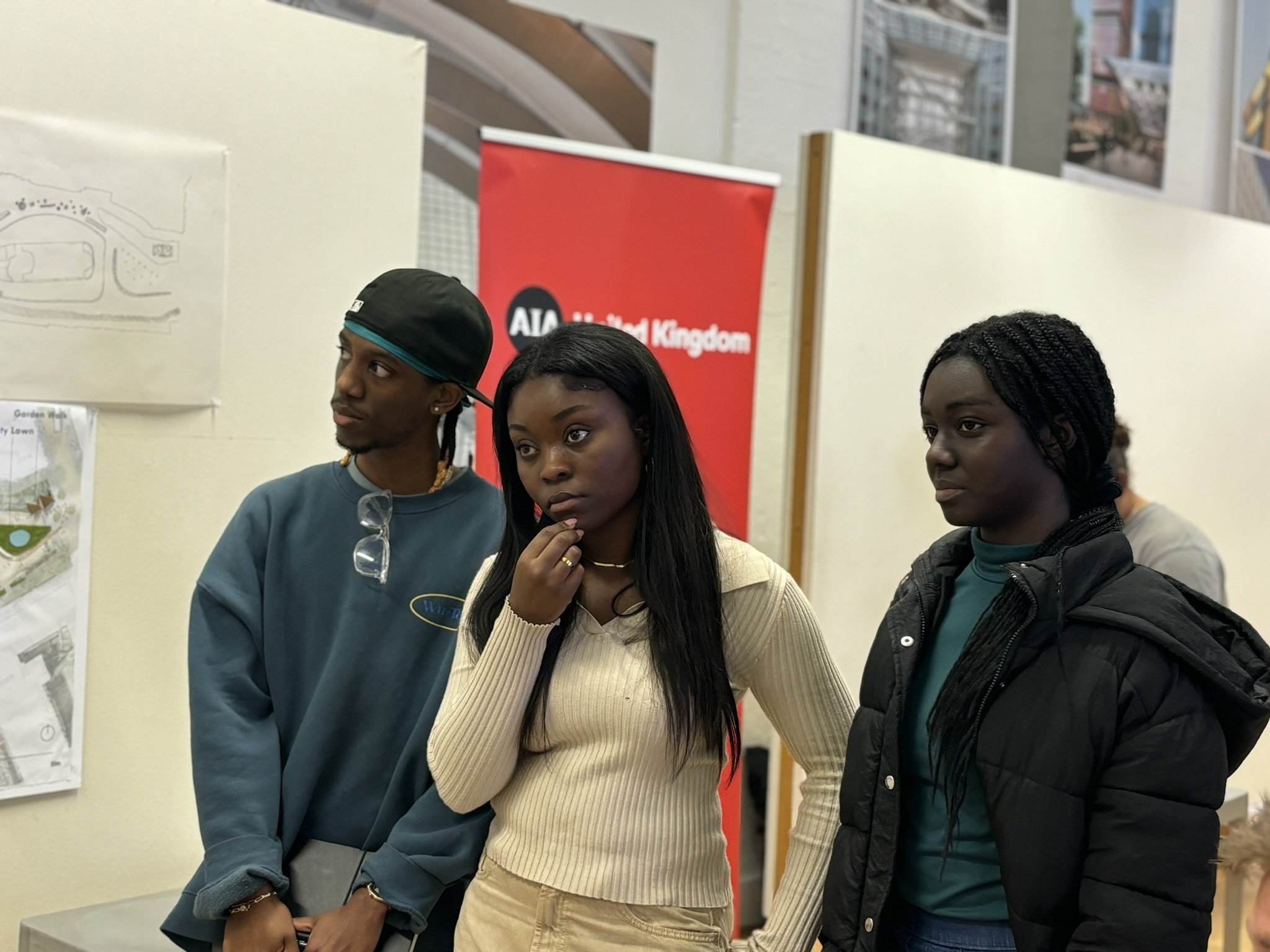

Written by Paolo Mendoza, Associate AIA







